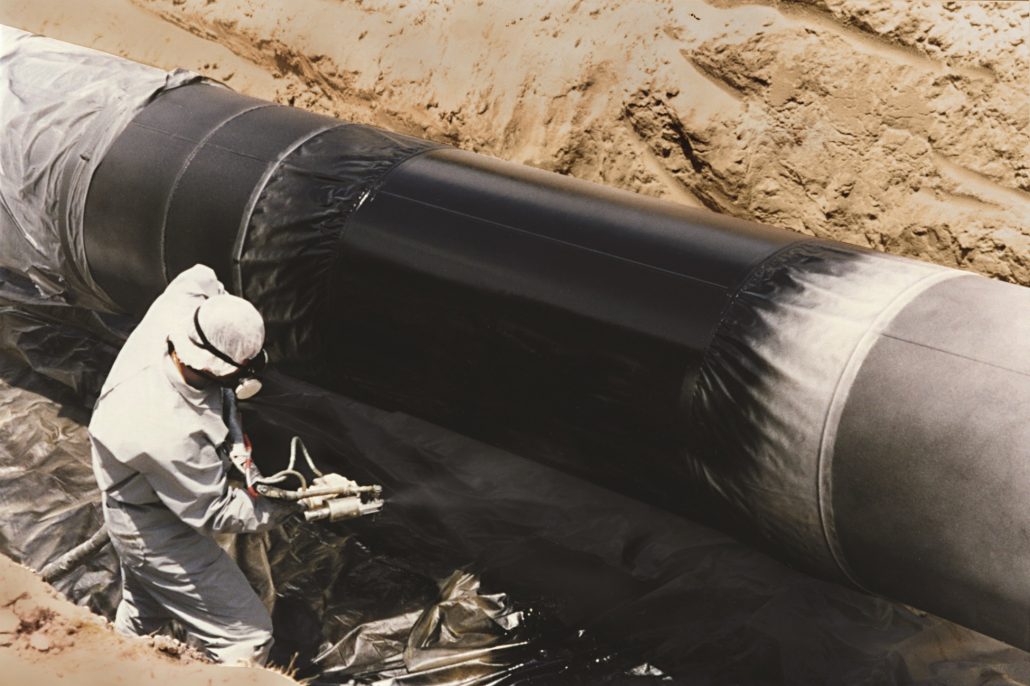The gas company pipeline
The gas company pipeline
Polyurea coating is becoming increasingly popular for protecting gas company pipeline systems from corrosion and damage. By applying a thick, flexible film of polyurea to the outer surface of a pipeline, operators can drastically improve the lifespan of their system, reduce maintenance costs, and improve safety for personnel.
Recent studies have shown that polyurea coatings are particularly well-suited to gas pipelines due to their high levels of abrasion resistance and weathering performance. For example, a study by The Coatings Institute showed that polyurea significantly outperformed traditional epoxy coatings when it came to withstanding extreme temperatures and environmental conditions such as snow, ice and rain. Additionally, researchers at the University of Copenhagen found that polyurea coatings could withstand temperature fluctuations up to 200°C without suffering any significant degradation or loss in integrity – making them ideal for protecting gas pipelines against extreme cold or hot conditions.
The installation process of polyurea coatings is relatively straightforward compared to other lining systems such as ceramics or thermoplastics. Polymer materials can be applied either directly onto metal surfaces using spray guns or hand brushes – allowing operators to quickly get up and running with minimal downtime. Additionally, since the material is highly flexible it is able to bridge any cracks or joints in the system without compromising its integrity.
Furthermore, there are additional benefits associated with using polyurea coatings on gas pipelines. For example, they can also be used as an insulation material which helps keep energy costs down by preventing heat transfer between pipes and surrounding structures. Furthermore, they can also act as a vapor barrier which prevents condensation buildup within the system – reducing the risk of microbial growth that could potentially contaminate natural gas supplies.
Overall, utilizing polyurea coatings on gas pipelines provides operators with a host of advantages over traditional methods such as epoxy liners or thermoplastic coatings. Not only do they provide superior protection against corrosion and other environmental hazards but they’re also much easier to install – saving time and money for operators in the long run. As such, it’s no surprise that more and more companies are turning towards these versatile polymer materials as a cost-effective way of extending their pipeline’s lifespan while simultaneously increasing efficiency and safety.

